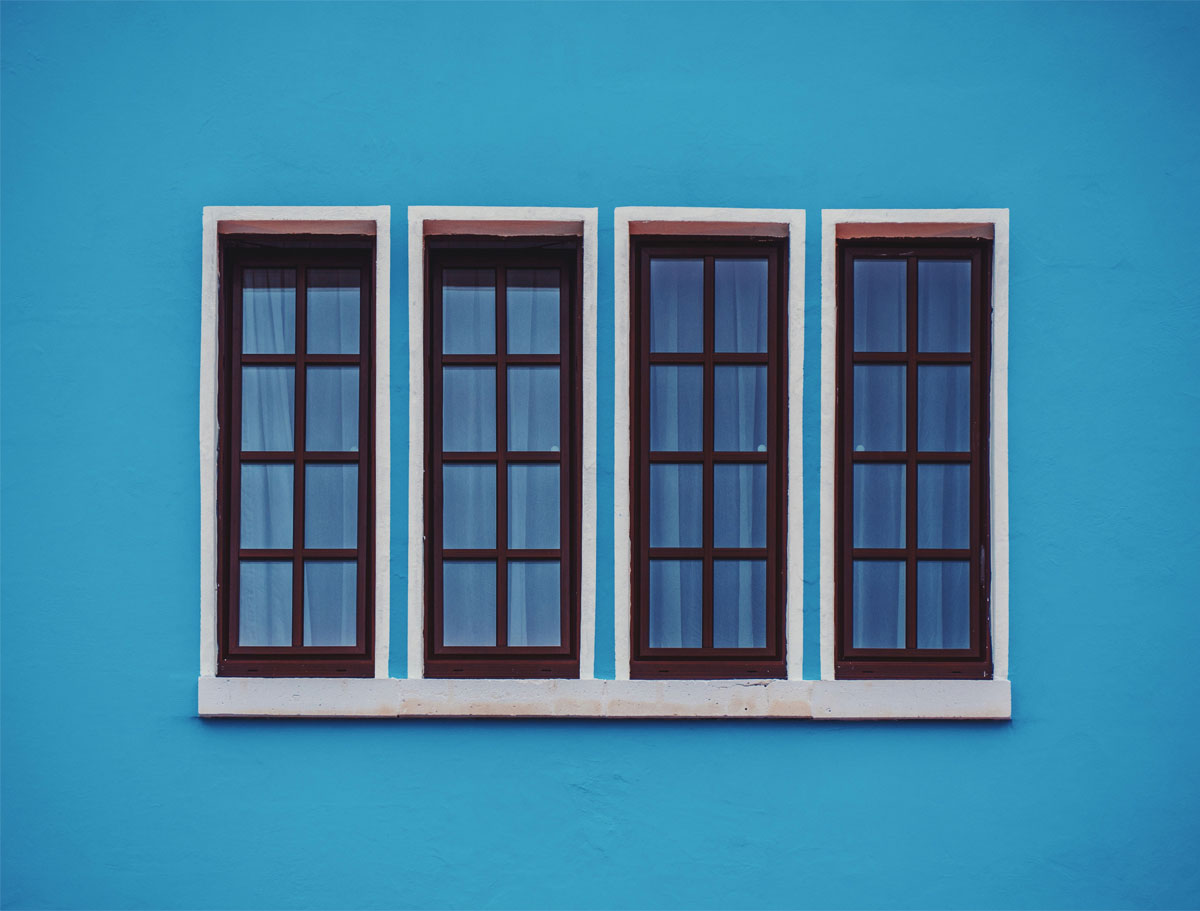
Introduced more than 60 years ago, double glazed windows improve the energy efficiency, value, and aesthetics of a house. However, there are still some homeowners who are hesitant to invest in double glazing due to the various myths surrounding it. If you’re still on the fence about double glazed windows, read on as we bust some of the most common misconceptions
Myth #1: Double glazed windows will ruin the look of my home.
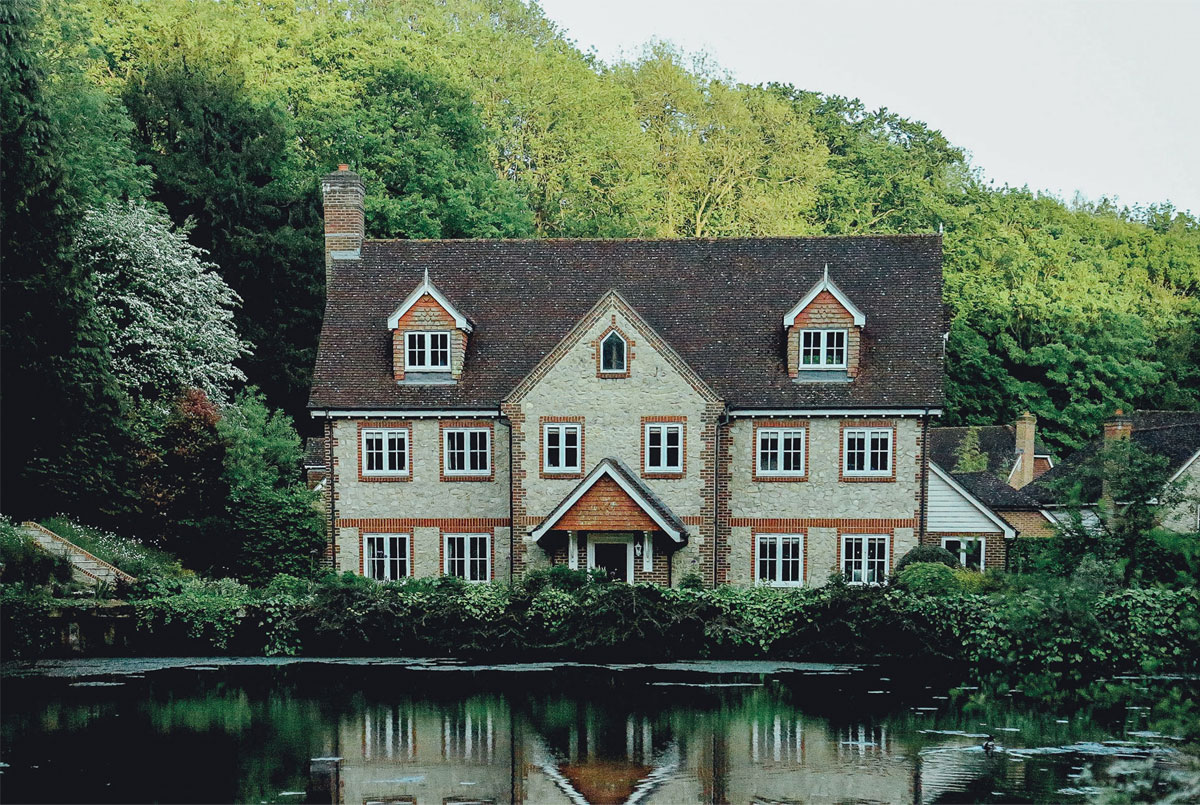
You can still preserve the original look and beauty of your home with double glazing. When it comes to frame material, you have two options: timber and uPVC. While timber window frames are the typical choice for traditional or period-style homes, you can also go for uPVC frames, which come in various colours and finishes, including wood. Whether you pick timber or uPVC, you’re sure to find a style and shade that complements your home and maintains its theme.
Myth #2: A planning approval is required to install double glazed windows.
Unless your property is listed or you live in a conservation area, you will not need a planning approval to fit or replace your windows. For the majority of homeowners, double glazed windows can be installed without having to speak to local planning authorities.
Myth #3: Replacement double glazed windows will damage my house.
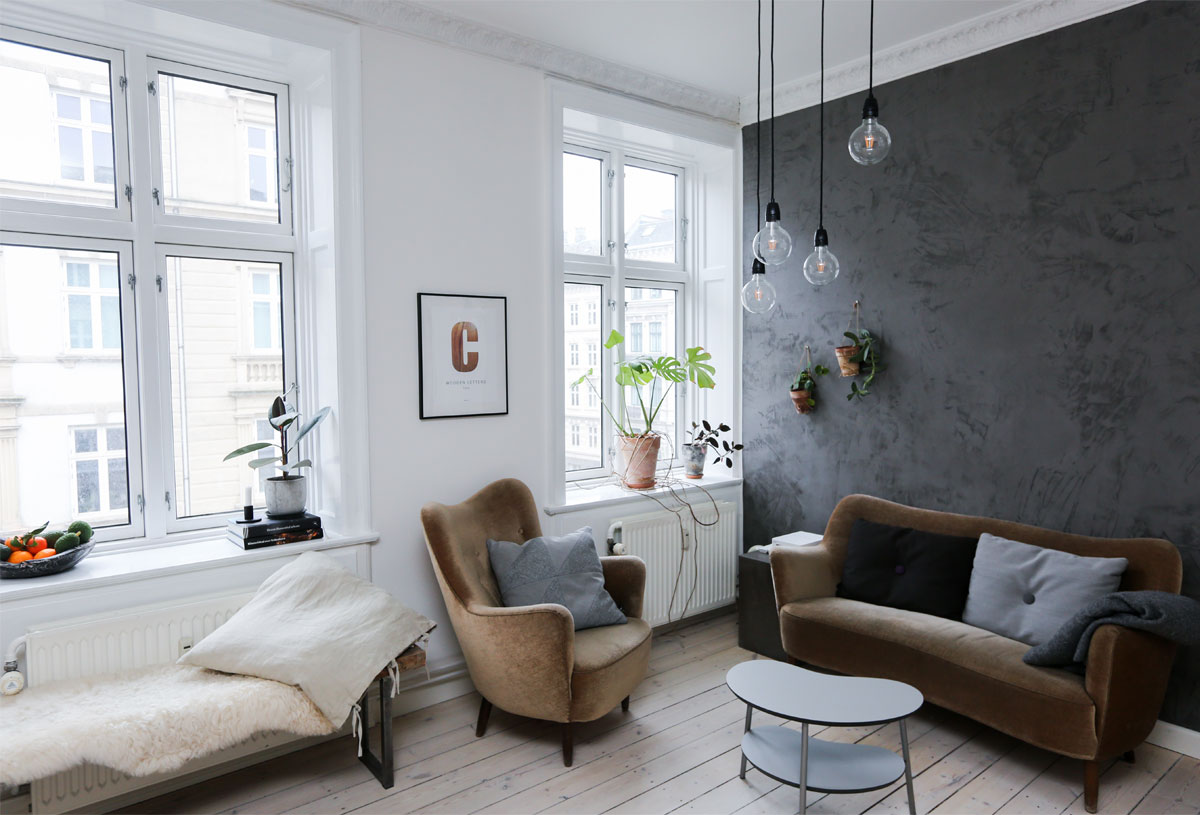
This is a common misconception that discourages a lot of homeowners from replacing their windows. Most of the time, however, a good window fitter will be able to replace your windows without moving a single brick. And depending on the number of windows that you want to have replaced, he should be able to complete the job within a few days.
Myth #4: uPVC double glazed windows will turn yellow over time.
This may have been the case before, but fortunately, new uPVC windows no longer have this problem, thanks to advances in technology. High-quality uPVC windows are designed to retain their colour and will stay white as long as they’re kept clean, so there’s no need to worry about yellowing.
Myth #5: Double glazed windows are vulnerable to attack by burglars.
It depends. Double glazed windows that have the beading on the outside can be popped out by would-be burglars, making them more easily broken into, but most units aren’t built this way anymore. Modern double glazed windows now have indoor beading, making them more secure than single glazed windows.
Myth #6: uPVC double glazed windows will creak, crack, and warp in the summer.
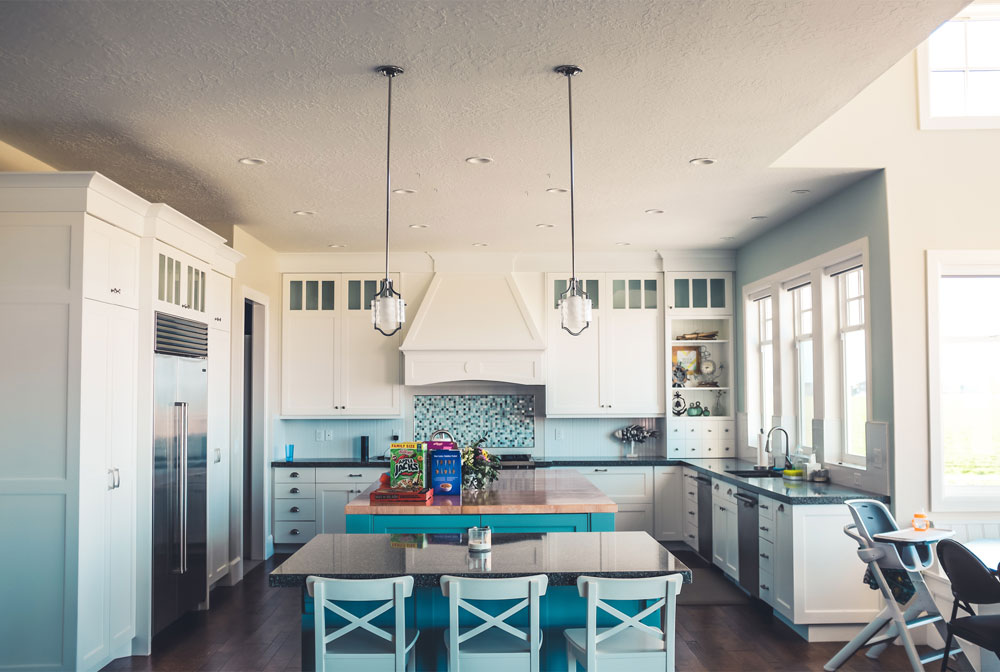
It’s understandable for homeowners to be concerned about creaking, cracking, and warping since plastic does expand on hot days. But since uPVC double glazed windows are reinforced using galvanized iron, they do not expand even when installed in hot climates. They will always retain their size and shape, making them perfect for the harsh Australian climate.
Myth #7: uPVC double glazed windows aren’t good for the environment.
uPVC is an eco-friendly material that can be recycled at the end of its natural lifespan. Also, its excellent insulation properties mean that less heat is needed to keep a house warm, resulting in lower energy bills.
Myth #8: Double glazed windows get condensation.
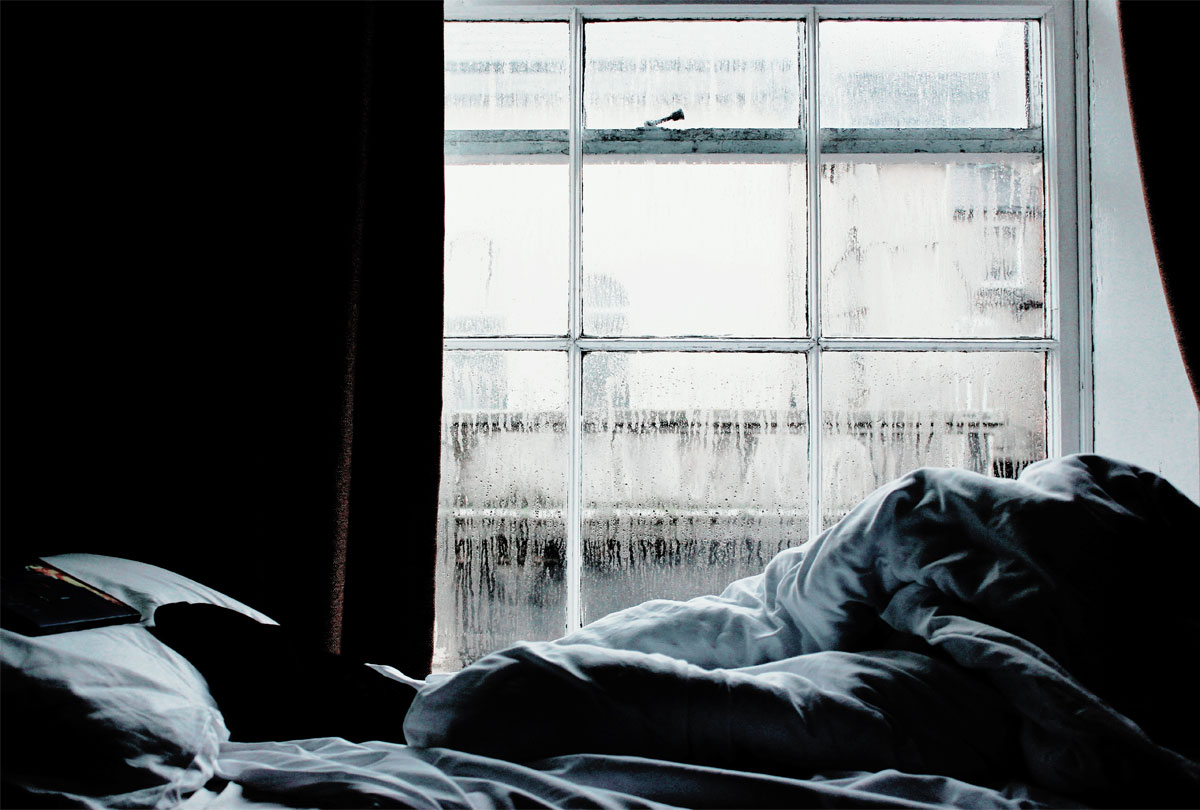
This is not entirely false as most windows will get condensation in the winter regardless of type and frame material. But double glazed units often have a trickle vent that lets in a small amount of air, reducing the condensation to almost zero.
Eventually, you may find condensation inside the window, which can be fixed by replacing the panes. This only happens after several years though, so it’s nothing to be hugely concerned about. The tighter your home is sealed, the more likely that condensation will build up. You can prevent this by opening the windows from time to time and/or using a dehumidifier, but most double glazed windows already have ventilation features that allow air to flow through.
Myth #9: Secondary glazing is just as good as double glazing.
Secondary glazing refers to the installation of supplementary glazing panes on the inside of existing single glazed windows. Some homeowners opt for secondary glazing so they don’t have to replace the entire unit. While secondary glazed windows also help insulate your home, they are more prone to issues such as condensation and noise, and are not as energy efficient as double glazed windows. In fact, double glazing is two times more effective than secondary glazing at preventing heat from escaping the home.
Secondary glazing also requires more maintenance, because unlike double glazing where you simply clean the inside and the outside, you now have four sides of glass to clean. Plus the panes that back onto cavity can be difficult to reach.
In Conclusion

Once you’ve separated fact from fiction, it’s easy to see why the popularity of double glazed windows has increased in recent years. Which myth do you hear about the most? Which fact did you find most interesting? Let us know in the comments below!
Sources
http://www.total-home.co.uk/guides/common-double-glazing-myths
http://web.archive.org/web/20160614012338/https://www.house-extension.co.uk/double-glazing-myths-and-misconceptions/
https://www.reddish-joinery.co.uk/10-common-misconceptions-upvc/
https://www.thegreenage.co.uk/article/double-glazing-vs-secondary-glazing/
http://blog.thermawood.com.au/secondary-double-glazing-noise-reduction
https://www.warmseal.co.uk/blog/myths-misconceptions-around-window-replacements/
